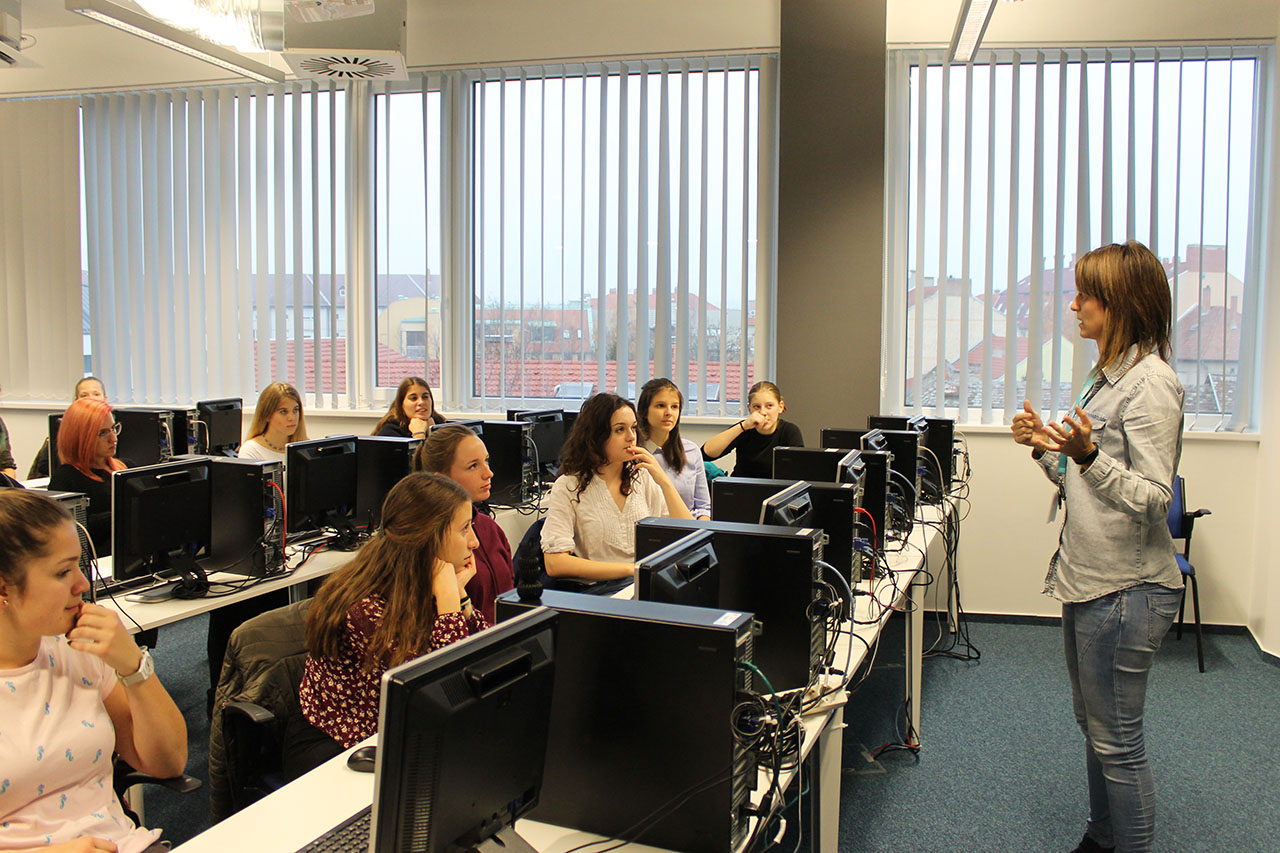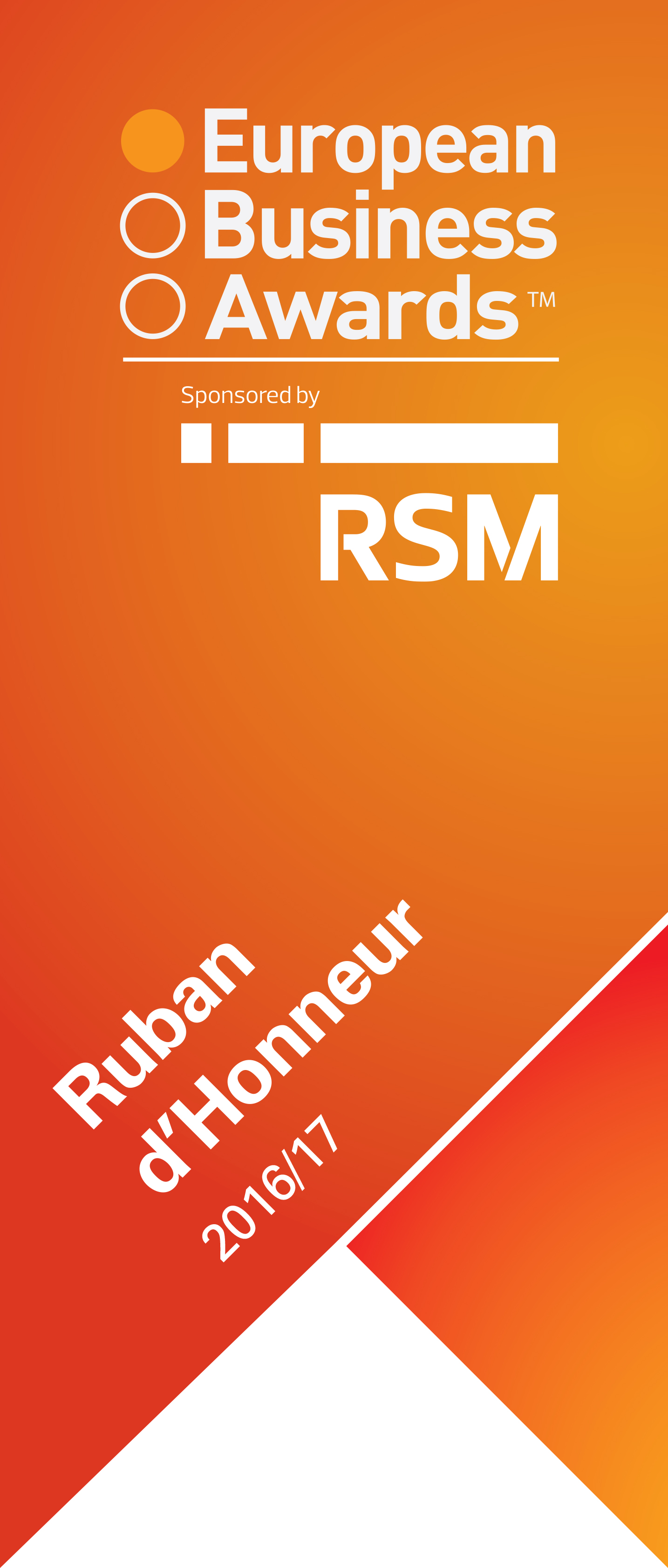2000 Children Experienced Future Technologies in the ‘Street of the Future’
News:
Over 2000 students and children were introduced to the latest technologies on April 26-27 during the ‘Street of the Future’ event. Startups, university research laboratories, innovative educational and public institutions, technology companies and sustainability organizations attended the open interactive street science exhibition organized by EPAM and Tudományfesztivál. At the future education workshop, decision-makers, educators, academics and representatives from the tech industry discussed how innovative solutions and cognitive skills development should play a greater role in lesson-planning and school curriculums.
For two days, Corvin Sétány became a tech education trail. Visitors were able to experiment with robots, brain wave-controlled games, GPS-based story-telling applications and VR-based educational tools. They also explored the university-driven car/vehicle research lab and smart city developments.
As a global provider of digital platform engineering and software development services, EPAM works to improve tech education among primary-aged children in Hungary and around the world through our eKids program. One core initiative of this work is the Street of the Future, which provides an opportunity to introduce local children to the world of software engineering and technology. Bence Vinkó, CEO of EPAM Systems Hungary Ltd and one of the chief organizers of the Street of the Future shared that EPAM hosted a digital playground during the event, where children aged two and above could participate in programming workshops, work with dancing and talking robots, and experiment with AR and an interactive music machine.
School-aged children could also attend Scratch, Minecraft, robotics and micro:bit programming workshops. For those interested in astronomy, the community could attend free planetarium lectures or examine meteors. One of the most popular exhibitions of the Street of the Future was the YXPO tent, where attendees could try a welding simulator, which allowed the user to enter a virtual garage and safely practice the welding movements.
"It was a once-in-a-lifetime experience for hundreds of children who attended the event. Experimenting with new technology is always exciting, and I’m sure that for many children these two days will remain a decisive factor in pursuing a career in technology," said Péter Farkas Zárug, chairman of the board of Bolyai Foundation.
The interactive exhibition also featured innovators from high school. Students demonstrated a self-developed lie examiner, a 3D pancake printer, spider robots, a smart guitar pedal, and a drone scooter application.
Young startups also introduced their new development projects, including a GPS-based Virtual Reality tour-guide application, a VR-based "traditional" boardgame, and AR-based student book.
The Street of the Future was also the location of the 9th Tudomanyfesztivál, which is traditionally linked to Earth Day. Thus, interactive games and activities based on drama-pedagogical methods highlighted how to live an environmentally-conscious life.












